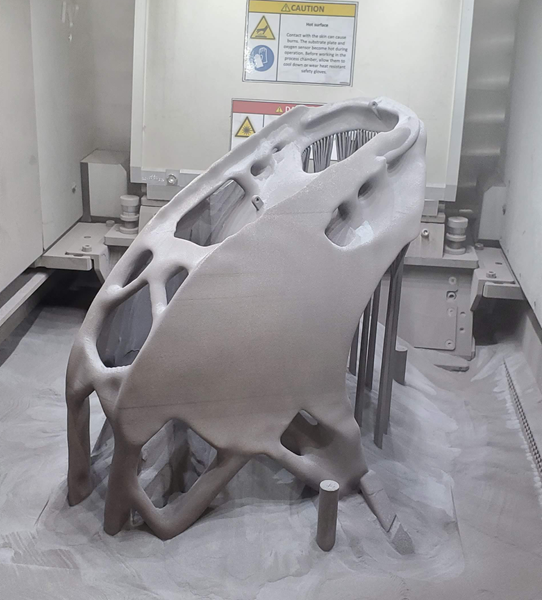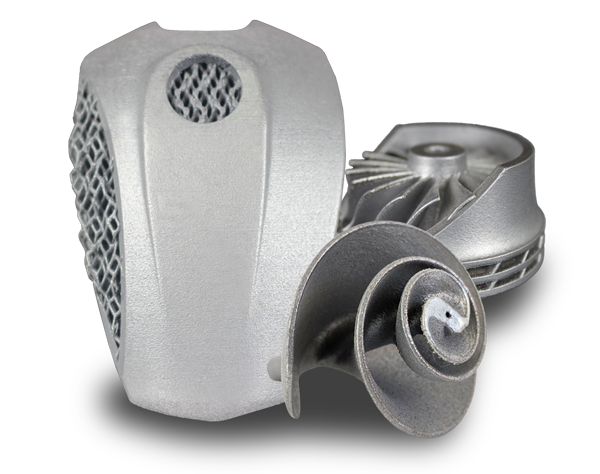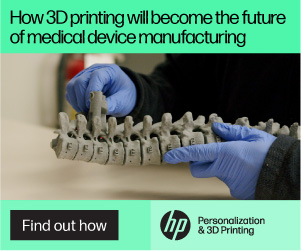3D printing has proven time and again to be a powerful enabling technology for specialty sectors like motor sports. There, it can be leveraged for experimental applications that demonstrate the wider potential of 3D printing to reduce weight and improve efficiency. In one recent example, Uniformity Labs was able to produce an aluminum alloy roll cage for a solar powered race car, showcasing the possibilities for metal 3D printing with aluminum powder.
Using an in-house SLM 280 2.0 dual laser powder bed fusion 3D printer, Uniformity 3D printed a roll cage made from AlSi10Mg for a vehicle participating in the Bridgestone World Solar Challenge. Rather than more traditional carbon fiber, the car’s engineering team turned to metal 3D printing, optimizing the element’s topology to maximize strength while minimizing weight. 3D printed with a with a 30um layer thickness, the roll cage was able to achieve the same performance as a part with 60um layer thickness.
Additionally, the aluminum alloy, manufactured by Uniformity Labs, was less expensive than an alternative metal, such as titanium. For the powder making company, this was a case study in demonstrating the potential of AlSi10Mg for sustainable mobility as it was able to reduce weight and, therefore, improve the energy efficiency of the vehicle.
Complete technical information about the material can be found below, based on an ASTM E8/E8-M rectangular tension test coupon:
- 30um layer thickness
- Ultimate Tensile Strength (Rm z) – 406 ± 14 MPa/ 251 ± 8 MPa
- Ultimate Tensile Strength (Rm xy) – 438 ± 18 MPa/ 247 ± 9 MPa
- Yield Strength (Rm z) 264 ± 8 MPa/148 ± 5
- Yield Strength (Rm xy) 291 ± 12 MPa/156 ± 4
- Fracture Elongation (Rm z) 3.7 ± 0.7%/14.2 ± 1.1%
- Fracture Elongation (Rm xy) 7.2 ± 1.1%/17.3 ± 2.0%
- Surface roughness in z direction (no treatment) (um) 3.4 ± 0.9
“This is an excellent example of how our innovation can significantly improve part design using our advanced powders and modern AM techniques,” said Adam Hopkins, founder and CEO of Uniformity Labs. “Our ultra-low porosity AlSi10Mg and print processes allowed the car development team to create a better part quickly, cheaply, and optimized for the necessary weight and safety parameters. It’s easy to see how the processes used, and benefits afforded to the roll-cage production can apply to the creation of complex parts for use in mainstream industries such as aviation, auto, and consumer electronics. That’s what our technology is all about.”
With a focus on 3D printing materials and software, Uniformity Labs raised nearly $40 million dollars in its series B funding round just this year. The company boasts uniquely dense properties for its metal powders, saying they “spontaneously attain high relative densities, approaching that of the densest crystalline particle packings, while retaining their ability to flow.” This, in turn, increases 3D printer throughput and the quality of the end parts.
These capabilities have raised some questions for 3DPrint.com Executive Editor Joris Peels, who suggests that the purported effects of the material seem “fantastical”, but notes that, if they really do deliver what they’re promising, it could be a game changer for the metal 3D printing industry.
Subscribe to Our Email Newsletter
Stay up-to-date on all the latest news from the 3D printing industry and receive information and offers from third party vendors.
You May Also Like
Meltio Expands Global Reach with New Partnerships in the Americas and Europe
Spanish 3D printing manufacturer Meltio has expanded its sales network across the globe. With the addition of three new partners in the United States, Brazil, Argentina, and Italy, Meltio aims...
3D Printing Webinar and Event Roundup: April 7, 2024
Webinars and events in the 3D printing industry are picking back up this week! Sea-Air-Space is coming to Maryland, and SAE International is sponsoring a 3D Systems webinar about 3D...
On the Ground in Linares, Spain for the Meltio M600 Launch
As detailed in a previous post, metal 3D printer manufacturer Meltio launched its latest wire-laser metal deposition (LMD) machine, the Meltio M600, at its headquarters in Linares, Spain. There, I was...
Blue Laser-powered M600 3D Printer Launched by Meltio
Founded in 2019 as a joint venture between Additec and Sicnova, metal 3D printer OEM Meltio develops and manufactures high-performance and easy-to-use metal 3D printing solutions that use its patented wire-laser metal...

































